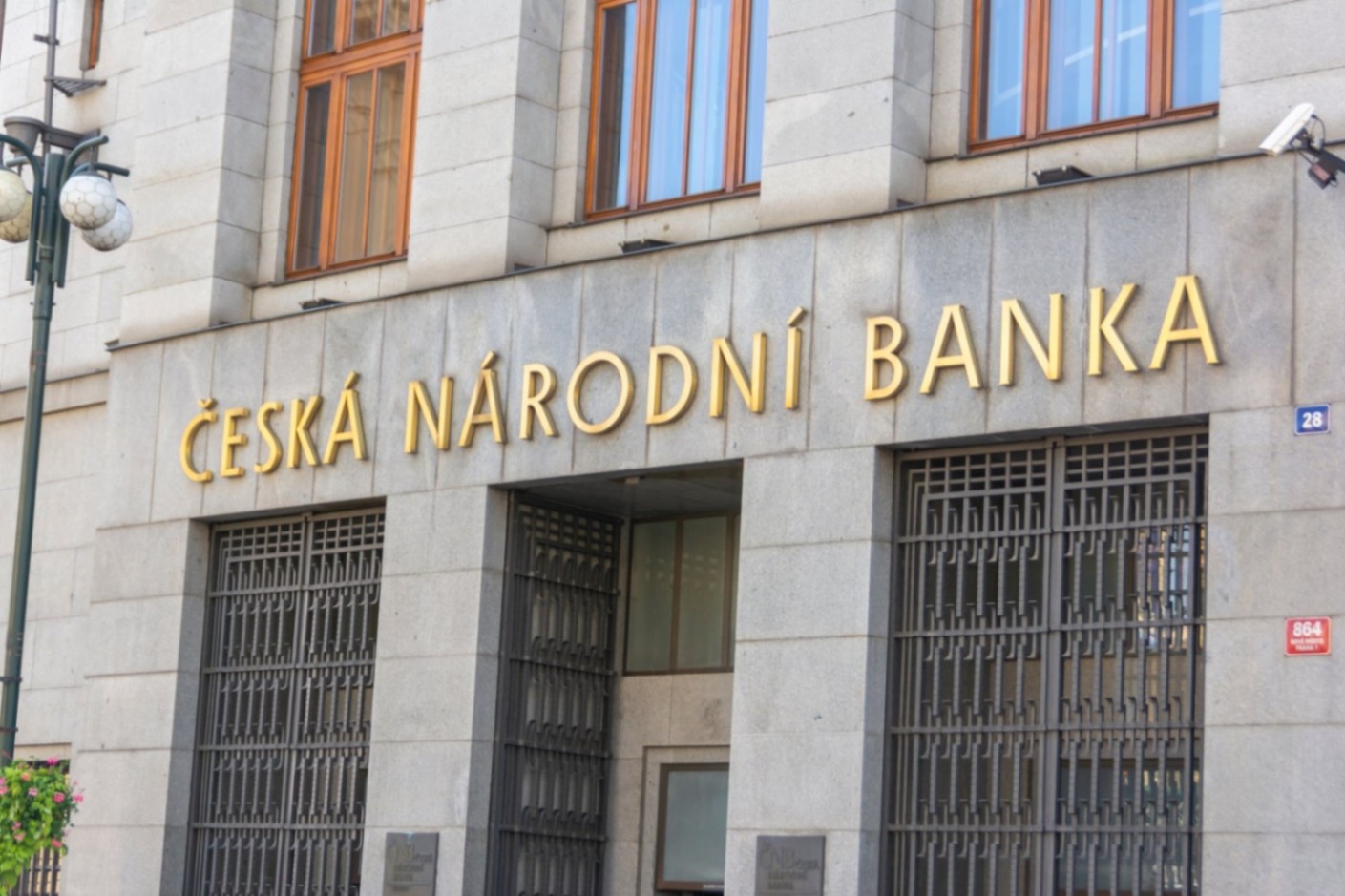The CNB will come up with another pause and hawkish communication in August
Economic commentary by Jaromir Šindel, Chief Economist of the CBA

The two-week repo rate at 3.5% after the August meeting is almost certain. A more hawkish tone of communication and a revision of the CNB's inflation and interest rate outlook for this year can also be expected. However, a similar move for next year will be dampened by a stronger koruna and currently tighter monetary policy.
In August, the CNB Board is expected to leave interest rates unchanged - for the second consecutive month - including the two-week repo rate at 3.5%. The likelihood of this move is virtually 100%. Already the May cut to 3.5% was a mild surprise given the then-known higher core inflation rate.
Contributing to higher core consumer inflation is persistently weak productivity growth, which is failing to offset wage pressures from a tight labor market. In addition, strong house price growth continues, which has been helped by the previous rate cut.
After the August meeting, I expect more hawkish communication again, not only due to higher core inflation, but also due to fiscal risks related to the upcoming elections.
On the other hand, the CNB's communication should not hint at a possible future rate hike, which partly anticipates the path of five-year market interest rate swaps. This is due to both a stronger koruna and surprisingly weaker GDP growth in Q2. In addition, the newly announced US import tariffs are adding to the downside risk to the economy despite lower tariffs on the auto industry.
The CNB will also publish a new forecast, which will now include an outlook for 2027, although this will now be less substantial due to uncertainty about the impact of higher US tariffs and the autumn elections on the Czech economy. The current performance of the economy does imply some upside risk to the CNB's outlook for 2% GDP growth this year, but the 15% US tariffs limit this risk and may worsen the outlook for 2026 (the CNB has so far expected 2.1%). The forecast for consumer price growth this year is likely to move up from 2.5% to around 2.7%. The outlook for next year (the May forecast was for 2.2%) will depend on the scenario of the impact of US tariffs, which the CNB favours (especially with regard to the labour market), and whether monetary policy needs to be changed.
A stronger koruna (roughly 3% vs. the CNB's outlook of EURCZK 25.3 in 2026), the expected Fed rate cut within one year and the CNB's current tight monetary policy will be the outlook for CNB interest rates. Their stability in 2025 and their slight decline in 2026 - not as pronounced as in the May outlook at 2.8% - will likely be part of the CNB's new forecast.